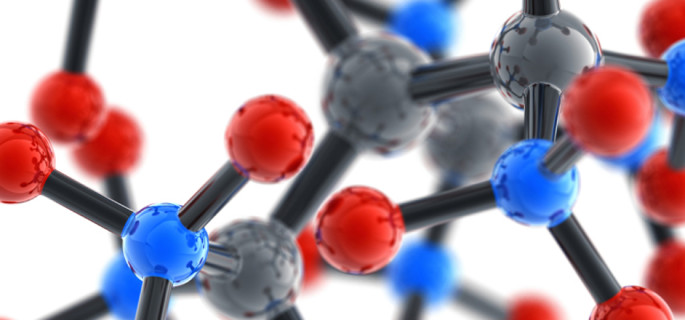Scientists Use GenAI to Uncover New Insights in Physics

With the help of generative AI, researchers from MIT and the University of Basel in Switzerland have developed a new machine-learning framework that can help uncover new insights about materials science. The findings of the study were published in Physical Review Letters.
As water transitions from liquid to solid state, it undergoes significant transformation properties, such as its volume and density. Phase transitions in water are so common that we don’t even think about them, but this is an intricate physical system. The behavior of materials can be highly complex and challenging to predict at molecular levels during phase transitions.
MIT and University of Basel researchers harnessed the power of GenAI to create a new framework that can automatically map out phase diagrams for novel physical systems, and detect transitions between them.
Scientists have long been puzzled by the abrupt and unpredictable nature of phase changes at the molecular level. The diversity of materials and their properties, combined with sparse scientific data added to the challenge. That is all about to change with the development of this new framework which signals a major leap in the discovery of novel materials and the understanding of their thermodynamic properties.
“If you have a new system with fully unknown properties, how would you choose which observable quantity to study? The hope, at least with data-driven tools, is that you could scan large new systems in an automated way, and it will point you to important changes in the system. This might be a tool in the pipeline of automated scientific discovery of new, exotic properties of phases,” says Frank Schäfer, a postdoc in the Julia Lab at CSAIL and co-author of a paper on this approach.
Schäfer was joined in the research by first author Julian Arnold, a graduate student at the University of Basel; Alan Edelman, applied mathematics professor in the Department of Mathematics and leader of the Julia Lab; and senior author Christoph Bruder, professor in the Department of Physics at the University of Basel.
The research breakthrough makes it possible for scientists to discover unknown phases of matter. The transition of water from liquid to solid is the most obvious example of phase changes. There are other more intricate and more complex material transitions, such as when a material changes conductivity properties with state changes.
Traditional scientific methods relied on a theoretical understanding of physical states and required scientists to build phase diagrams manually. Such methods had severe limitations, including the inability to map out phase diagrams for highly complex systems, the risk of introducing human bias, and limitations in only theoretical assumptions about which parameters were significant.
The team from MIT and the University of Basel employed physics-informed GenAI models to analyze “order parameters”, a measurable quantity that indicates the degree of order across the phase transition. For example, an order parameter could be used to define what proportion of water molecules are in a structured state versus those that remain in a disordered state.
The Julia Programming Language, known for its outstanding performance in scientific and technical computing, was instrumental in crafting the new ML models. Reportedly, the method published in the paper outperforms other ML techniques in terms of computational efficiency.
The research holds the potential to transform the fields of materials science and quantum physics. Not only can the new framework be useful in solving classification tasks in physical systems, but can also play a key role in improving large language models (LLMs) by identifying how certain parameters can be fine-tuned for better outputs.
Related Items
Google DeepMind’s New AlphaFold Model Poised to Revolutionize Drug Discovery
Drug Developers Enlist Google Cloud HPC in the Fight Against ALS
MIT Researchers Leverage AI to Identify Antibiotic That Can Kill Drug-Resistant Bacteria












